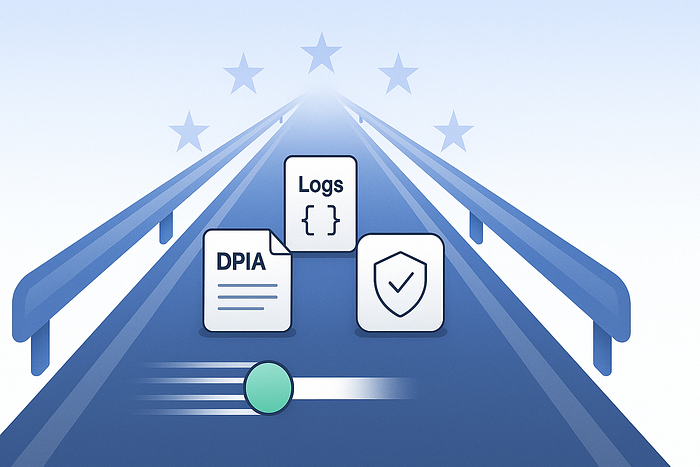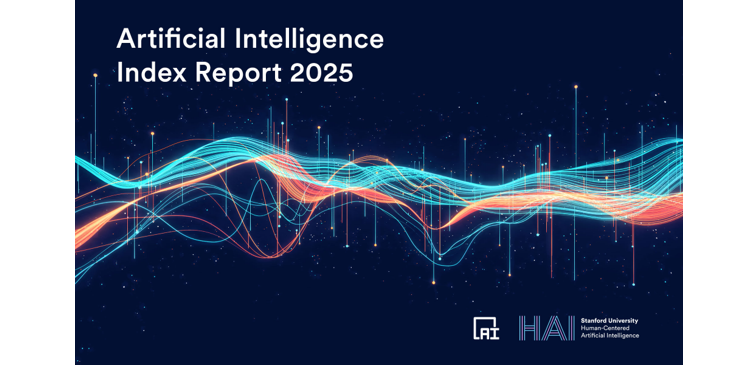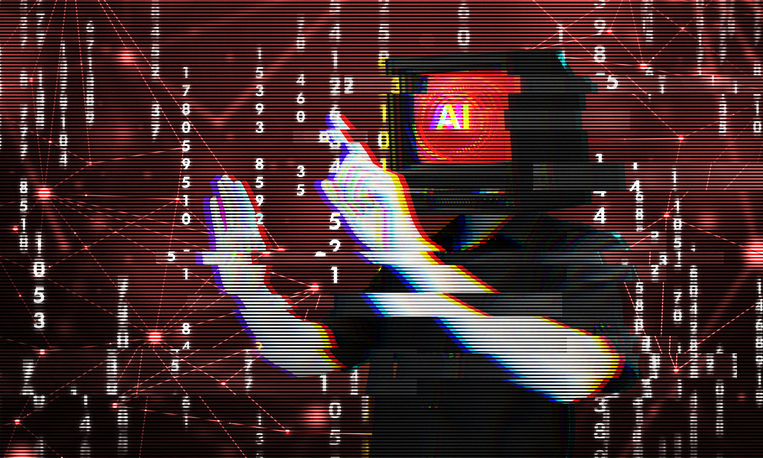Introduction to EU AI Act
The EU AI Act is a significant regulation that aims to ensure the safe and responsible development of artificial intelligence. One of the key challenges that organizations face when implementing the EU AI Act is the need to retrofit requirements such as DPIA (Data Protection Impact Assessment), logging schema, and compliance checks. This can lead to significant delays and increased costs.
The Problem of Retrofitting
When organizations ship their AI products on Friday, only to have legal and security teams request changes on Monday, it can lead to a significant amount of rework. This rework can result in a doubling of the cycle time and an increase in unit costs. The main issue is that these requirements are not integrated early enough in the development process.
Implementing Guardrails
To avoid the problem of retrofitting, it is essential to implement guardrails such as DPIA-lite, logging schema, and compliance checks from the outset. By doing so, organizations can ensure that their AI products are compliant with the EU AI Act and reduce the risk of rework and procurement issues.
Benefits of Early Implementation
Implementing guardrails early in the development process can have several benefits. It can help to reduce the risk of rework and procurement issues, improve communication across teams, and ultimately lead to faster project timelines and reduced costs. By integrating these requirements early, organizations can ensure that their AI products are safe, secure, and compliant with the EU AI Act.
Strategies for Integration
To integrate guardrails effectively, organizations should consider the following strategies:
- Implement DPIA-lite to identify potential risks and mitigate them early in the development process.
- Develop a logging schema to ensure that all relevant data is collected and stored.
- Establish compliance checks to ensure that the AI product meets all the necessary requirements.
Conclusion
In conclusion, implementing guardrails such as DPIA-lite, logging schema, and compliance checks is crucial for ensuring the safe and responsible development of artificial intelligence under the EU AI Act. By integrating these requirements early in the development process, organizations can reduce the risk of rework and procurement issues, improve communication across teams, and ultimately lead to faster project timelines and reduced costs.
FAQs
What is the EU AI Act?
The EU AI Act is a regulation that aims to ensure the safe and responsible development of artificial intelligence.
What is DPIA-lite?
DPIA-lite is a simplified version of the Data Protection Impact Assessment that helps to identify potential risks and mitigate them early in the development process.
Why is it essential to implement guardrails early in the development process?
Implementing guardrails early in the development process can help to reduce the risk of rework and procurement issues, improve communication across teams, and ultimately lead to faster project timelines and reduced costs.
What are the benefits of implementing guardrails?
The benefits of implementing guardrails include reduced risk of rework and procurement issues, improved communication across teams, faster project timelines, and reduced costs.











